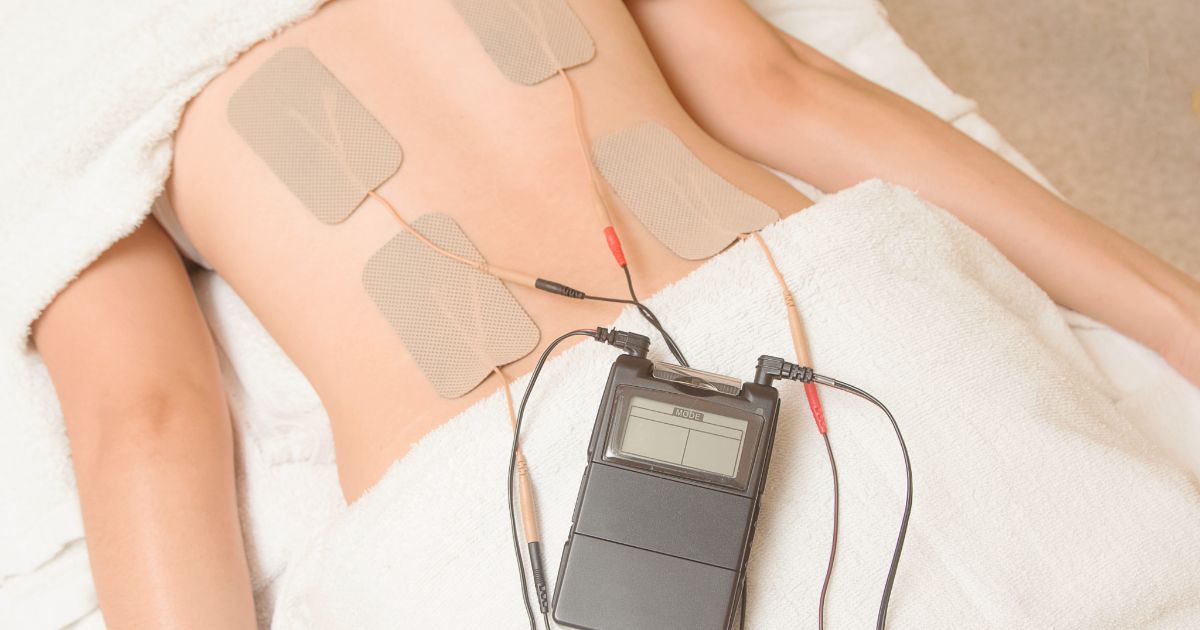How To Treat Retrolisthesis
Retrolisthesis is a spinal condition referring to the displacement of one vertebra on top of another. Typically, each vertebra sits squarely on the vertebra below it. Retrolisthesis indicates the presence of a situation where the vertebra has become positioned posterior to the adjacent vertebra. Altering the sensitive biomechanics of the spine, this is a less than optimum position and it may trigger pain and dysfunction.
The degree of impact from retrolisthesis is dependent upon the degree of displacement and the impact it has on the surrounding structures, such as spinal nerves, ligaments, and muscles. Retrolisthesis may be the result of an acute injury, a degenerative or wear and tear process, or even a congenital anomaly.
Myofascial Release

Myofascial release refers to a group of soft tissue techniques that target the musculoskeletal system. Utilized as a singular therapy or in conjunction with other treatments, myofascial therapies are typically performed by a physical therapist, chiropractor, or massage therapist, though individuals can perform some myofascial release on their own when educated on the appropriate exercises.
Myofascial release techniques target the fascial connective tissue that supports, connects, and wraps muscles providing strength and integrity. These soft tissue structures are irritated and overused in circumstances of altered biomechanics, such as retrolisthesis. Shown to reduce pain, tightness, inflammation, and dysfunction, myofascial release optimizes individual joint function and global movement patterns, improving quality of life while slowing further deterioration.
Microcurrent Therapy

Spinal retrolisthesis causes a wide variety of symptoms in impacted individuals. The symptoms generated depend upon the patient's overall health, the exact spinal structures affected by retrolisthesis, and the degree of inflammatory response. The best treatments impact a variety of structures in multiple ways. Microcurrent therapy has been shown to reduce pain generated by muscles, nerves, and tendons. Used in integrated medical centers, chiropractic offices, and physical therapy clinics, microcurrent therapy is an electrotherapy modality designed to reduce pain, inflammation, and muscle spasms while promoting advanced healing.
Using small electrodes on the impacted area, treatment is safe and comfortable. Microcurrent therapy may be a stand-alone physiotherapeutic modality or combined with other physical medicine treatments. Easily available and cost-effective, microcurrent treatments may be utilized in a repetitive fashion to optimize outcomes in both short and long term treatment plans.
